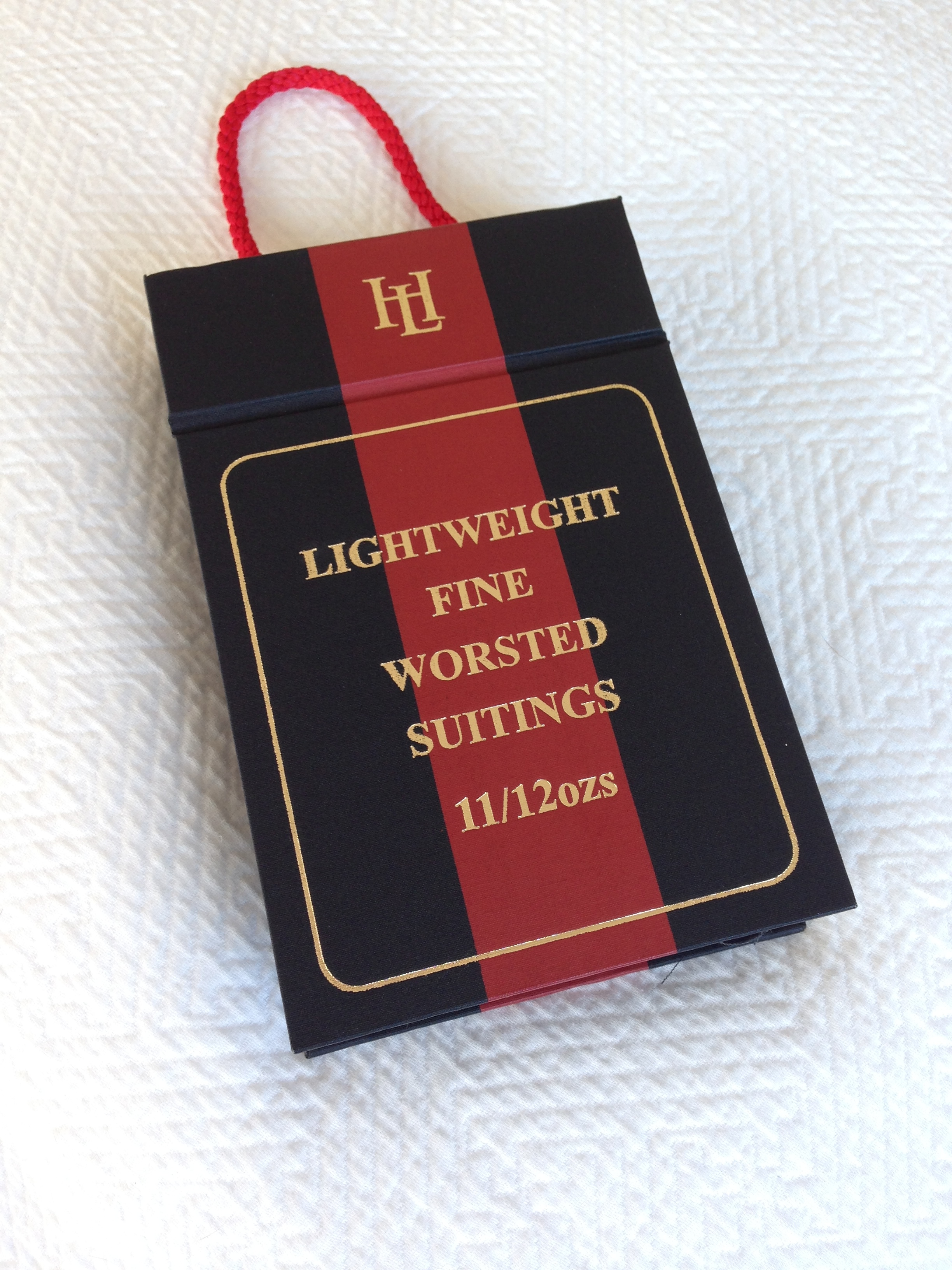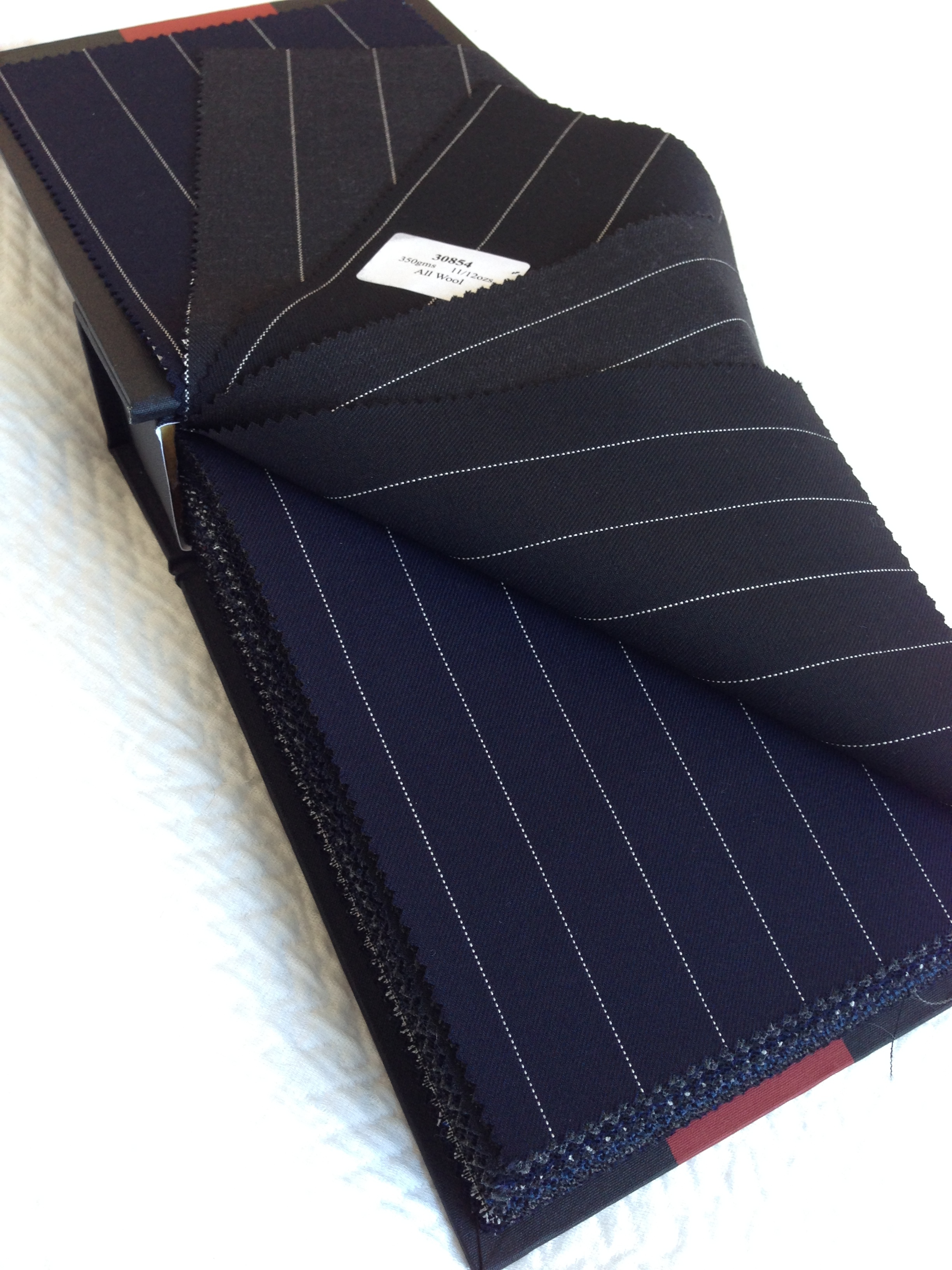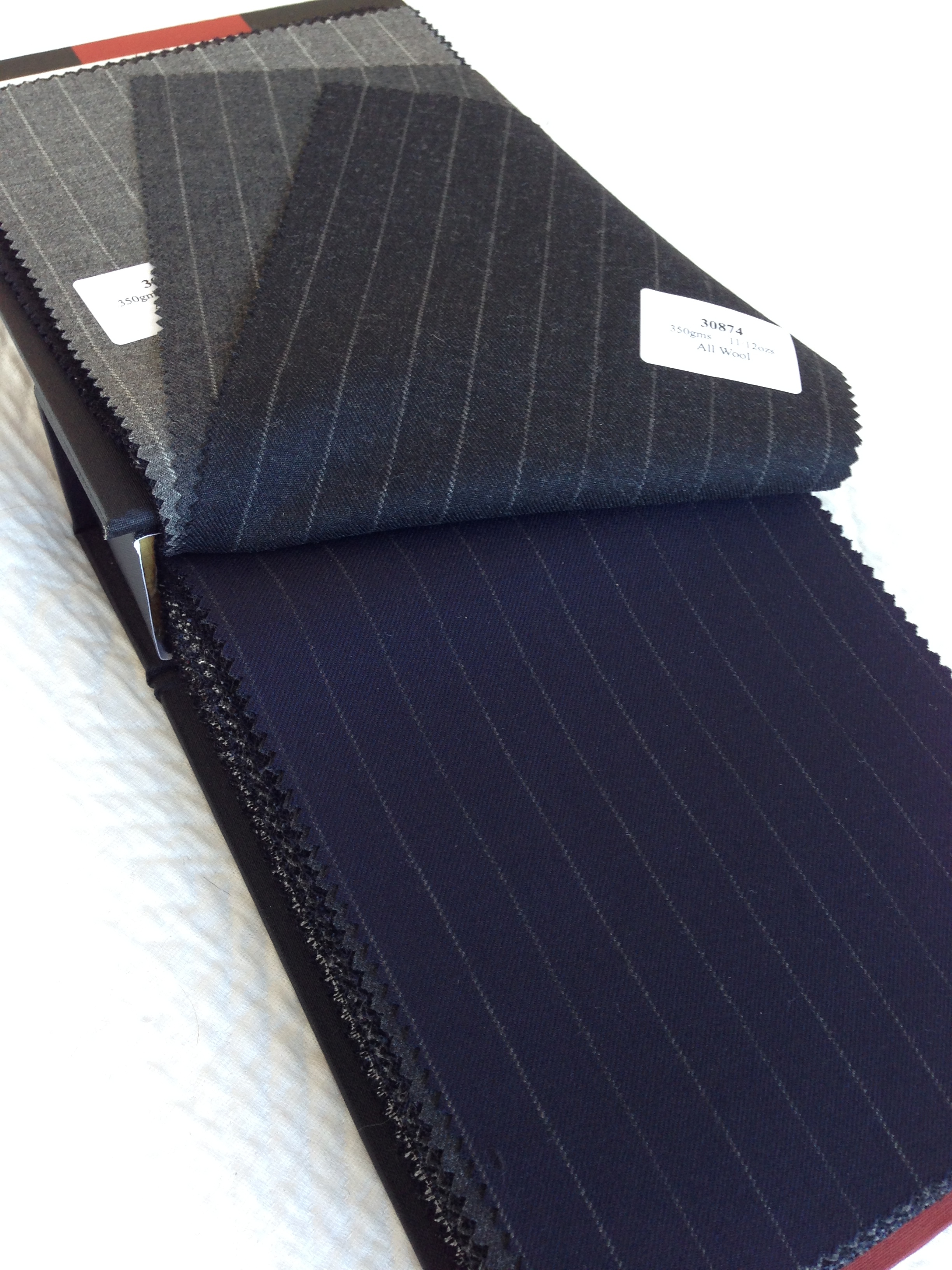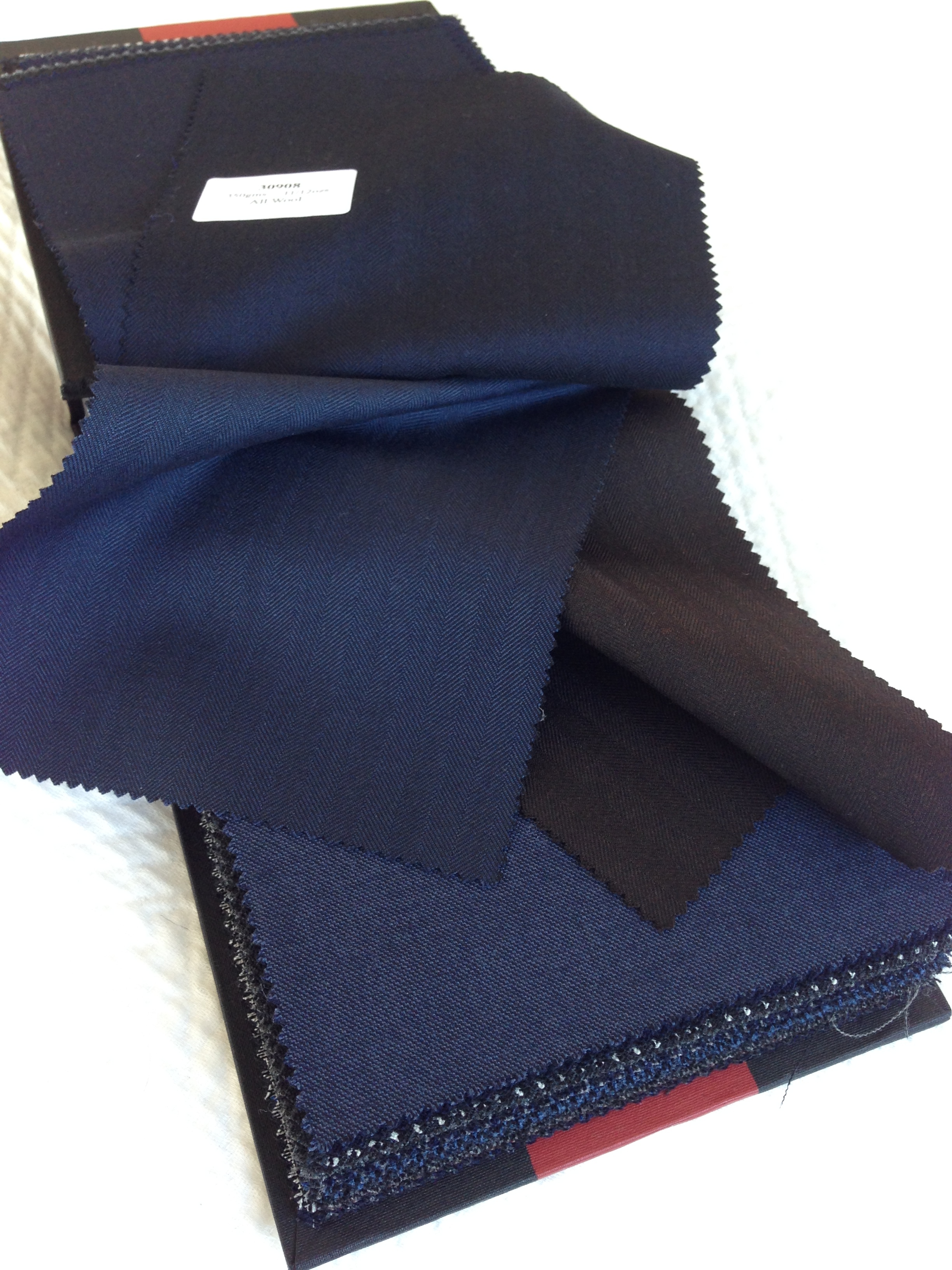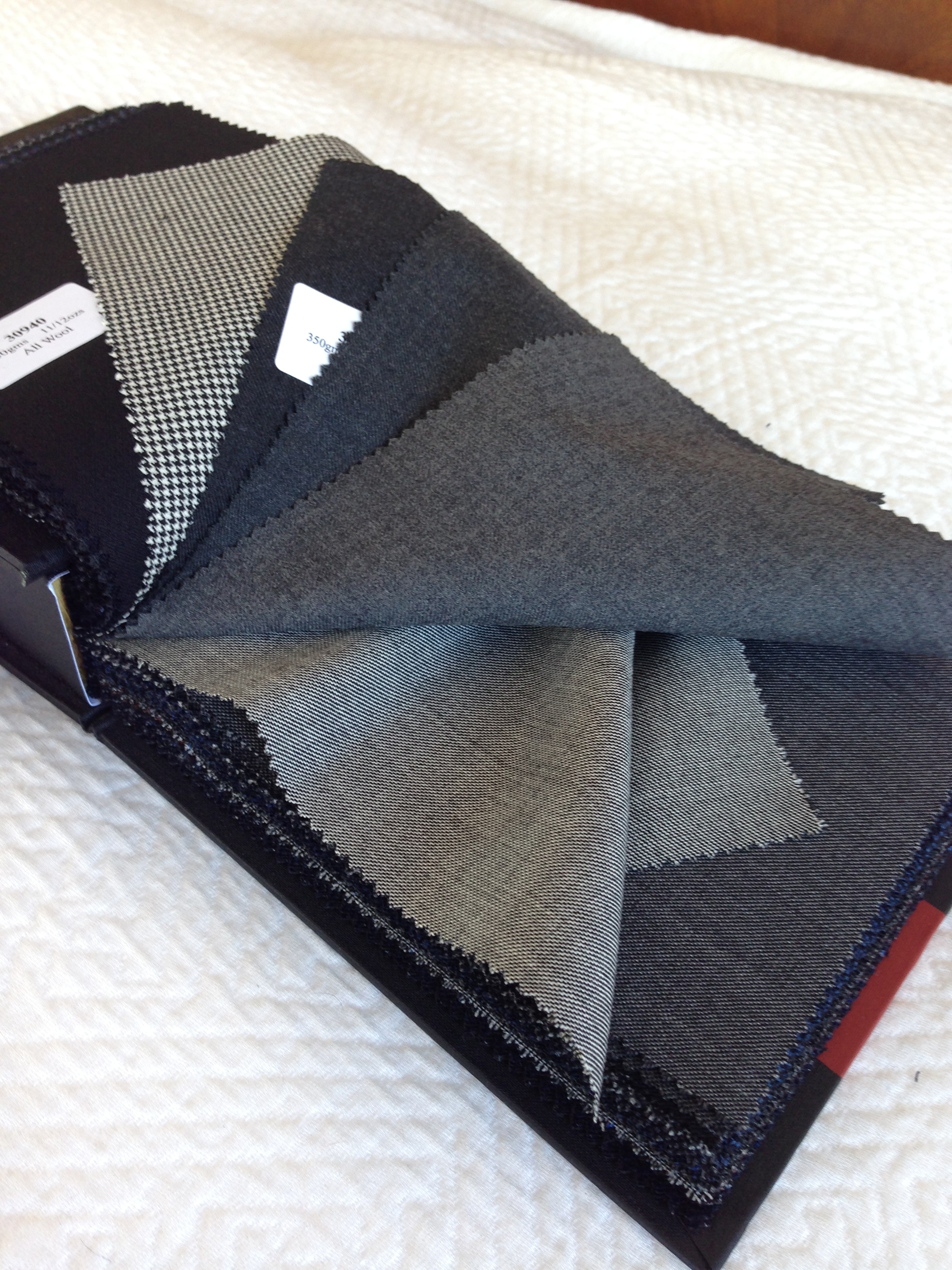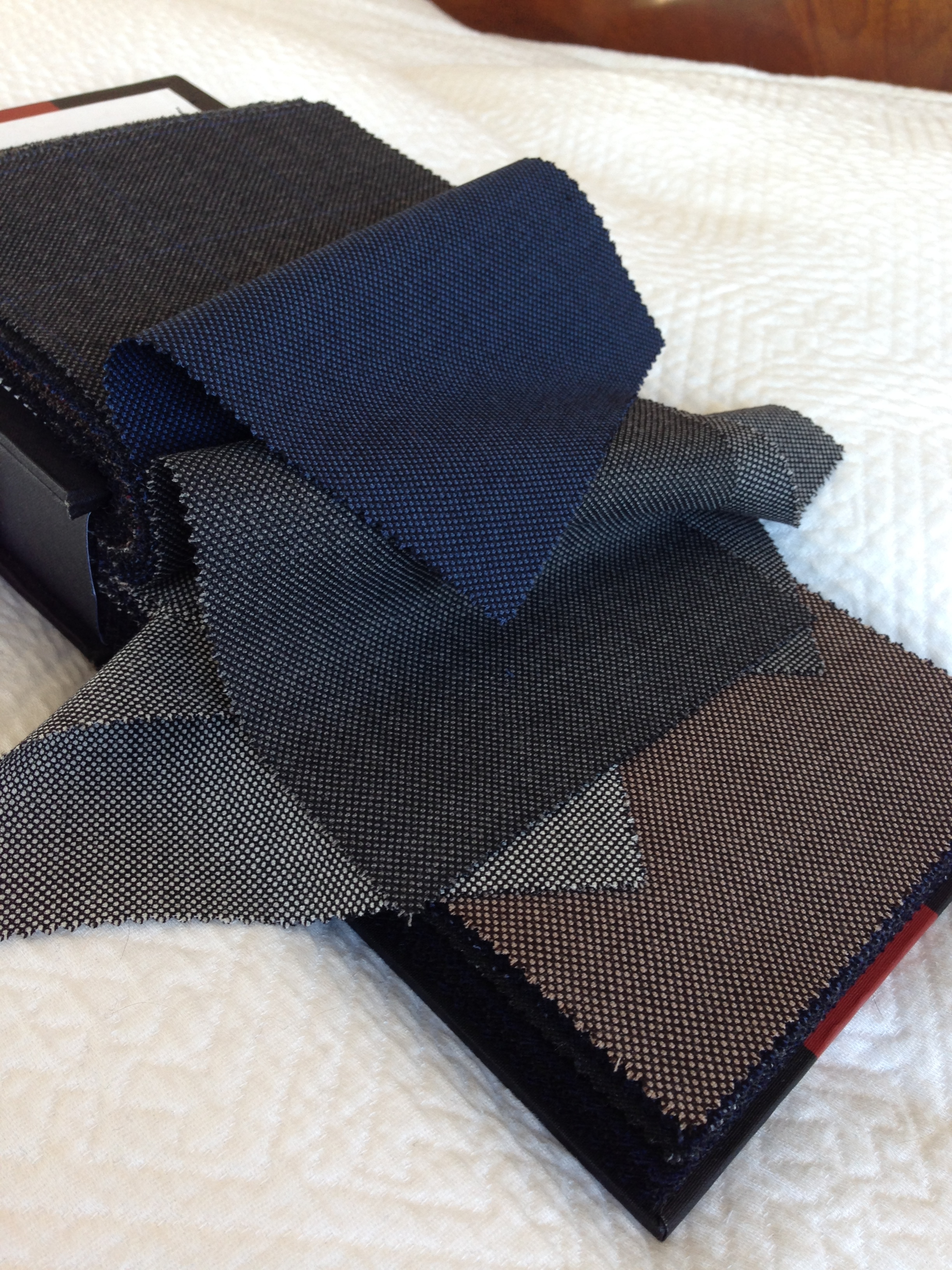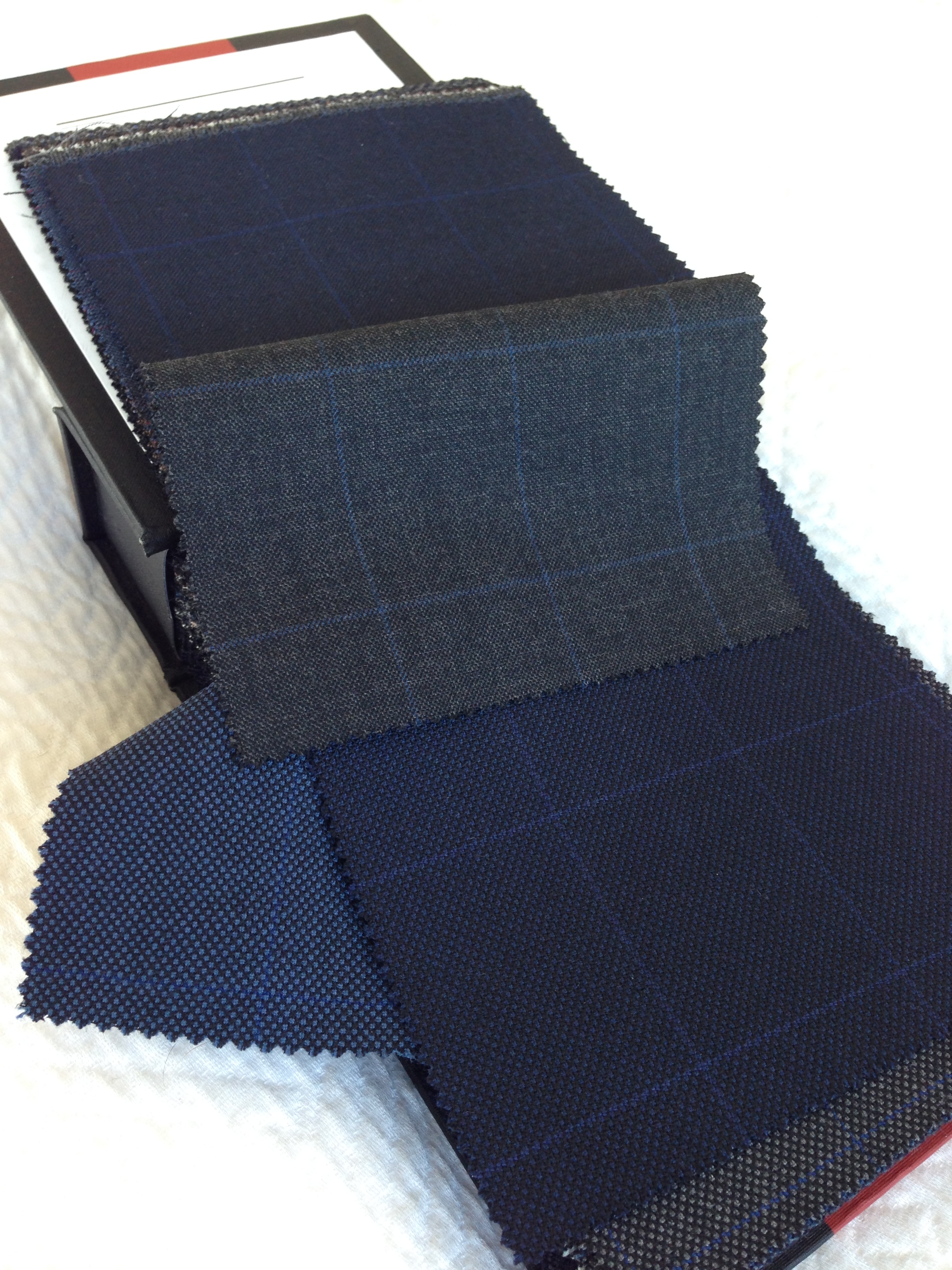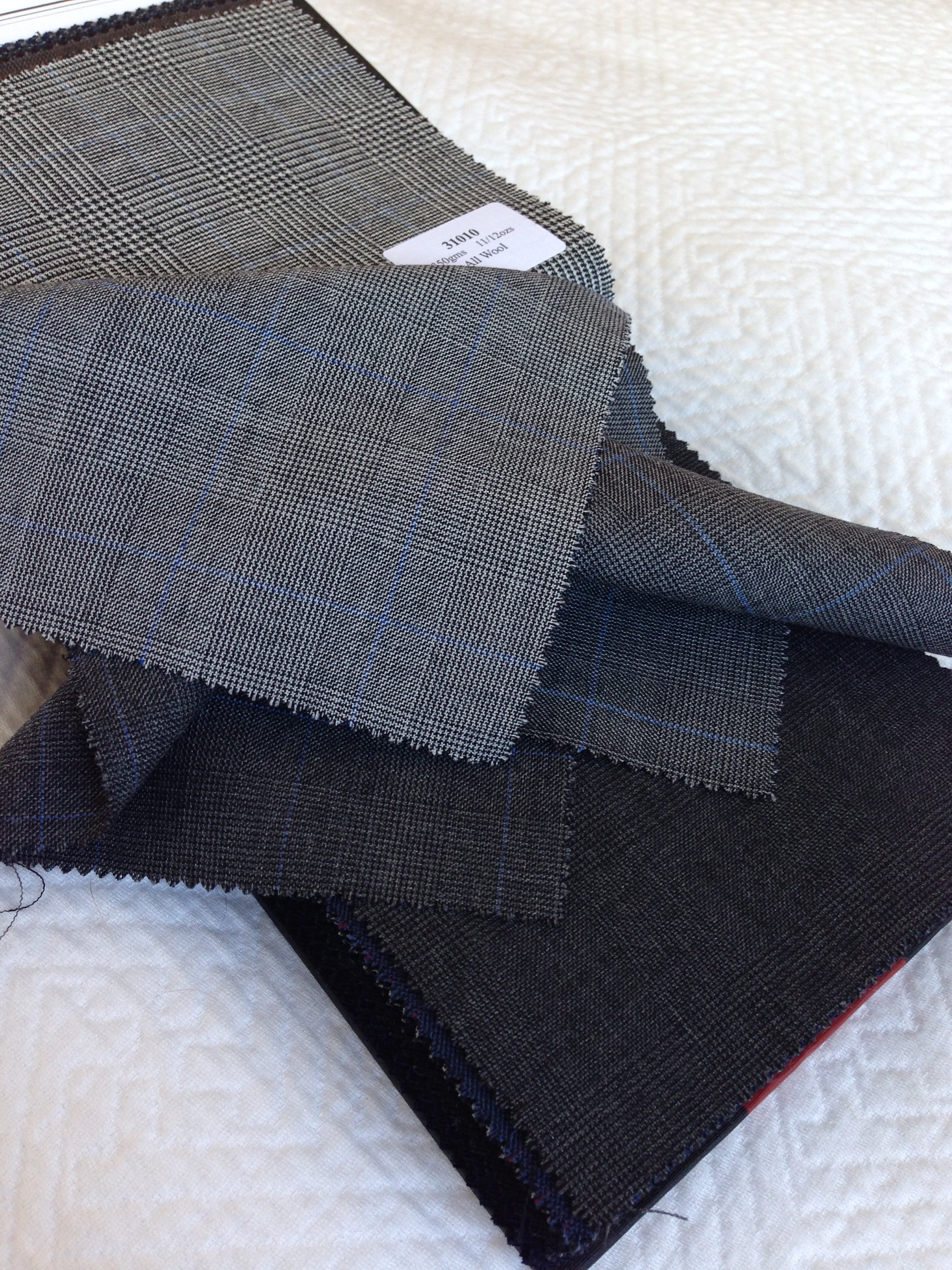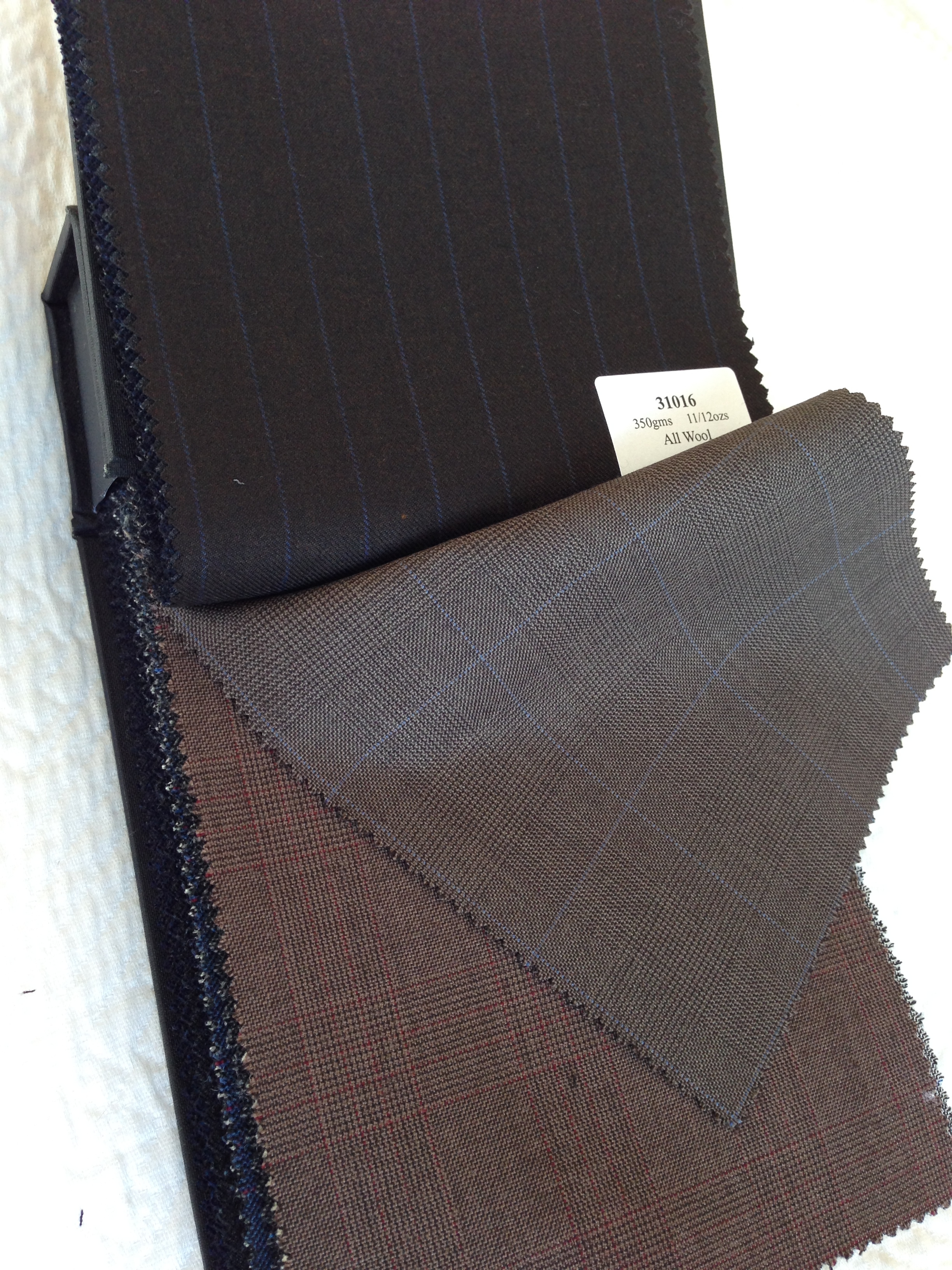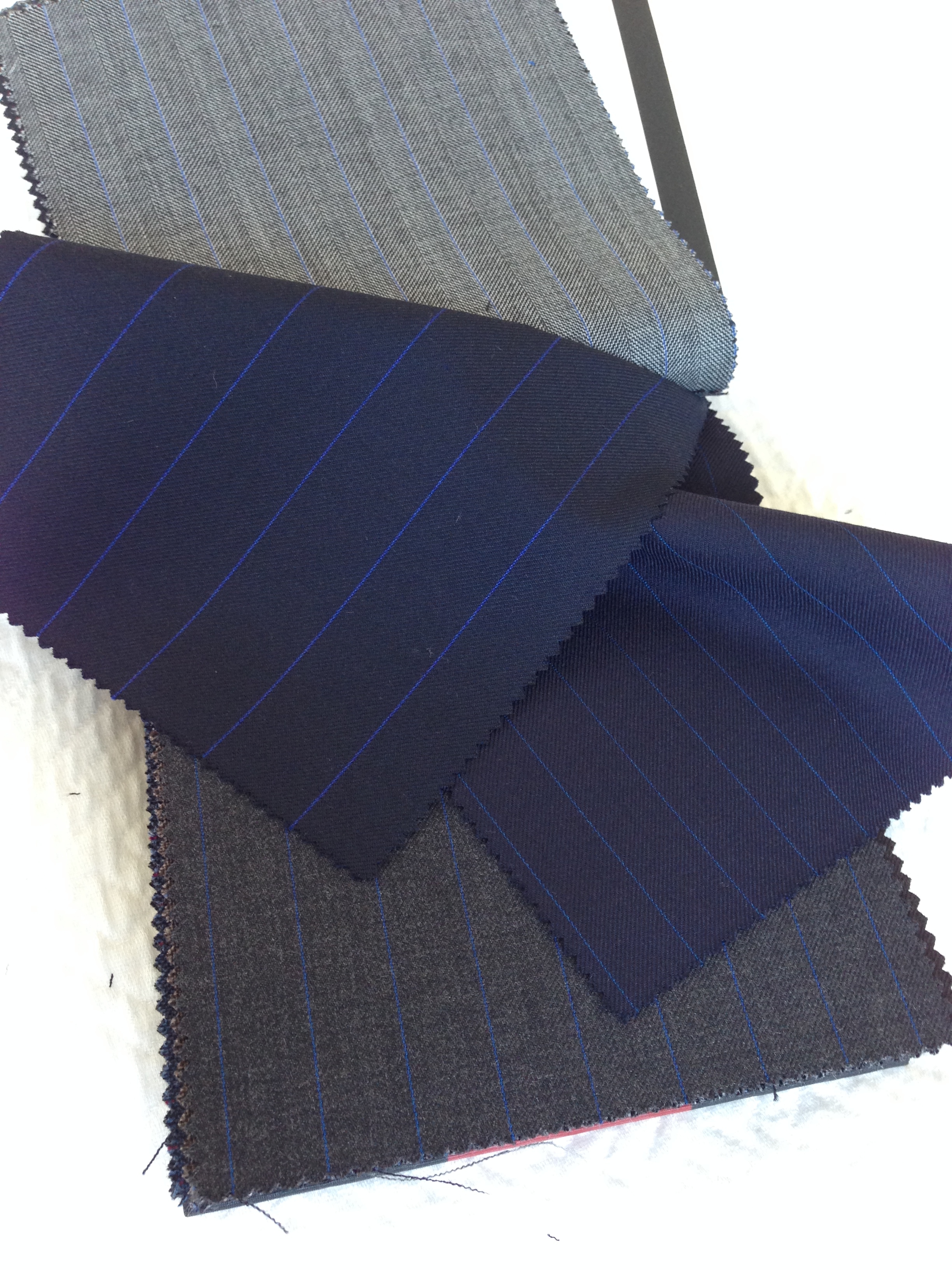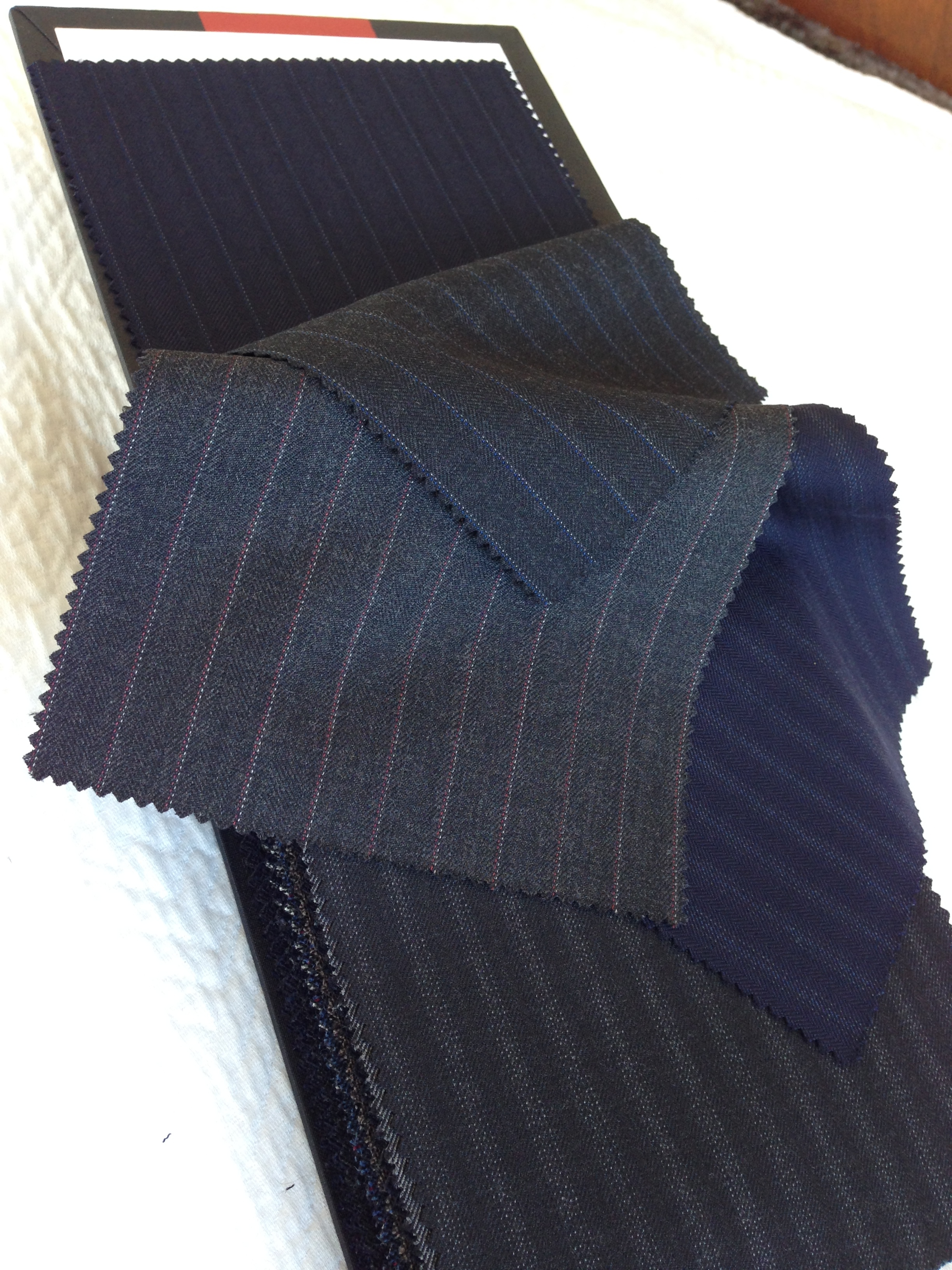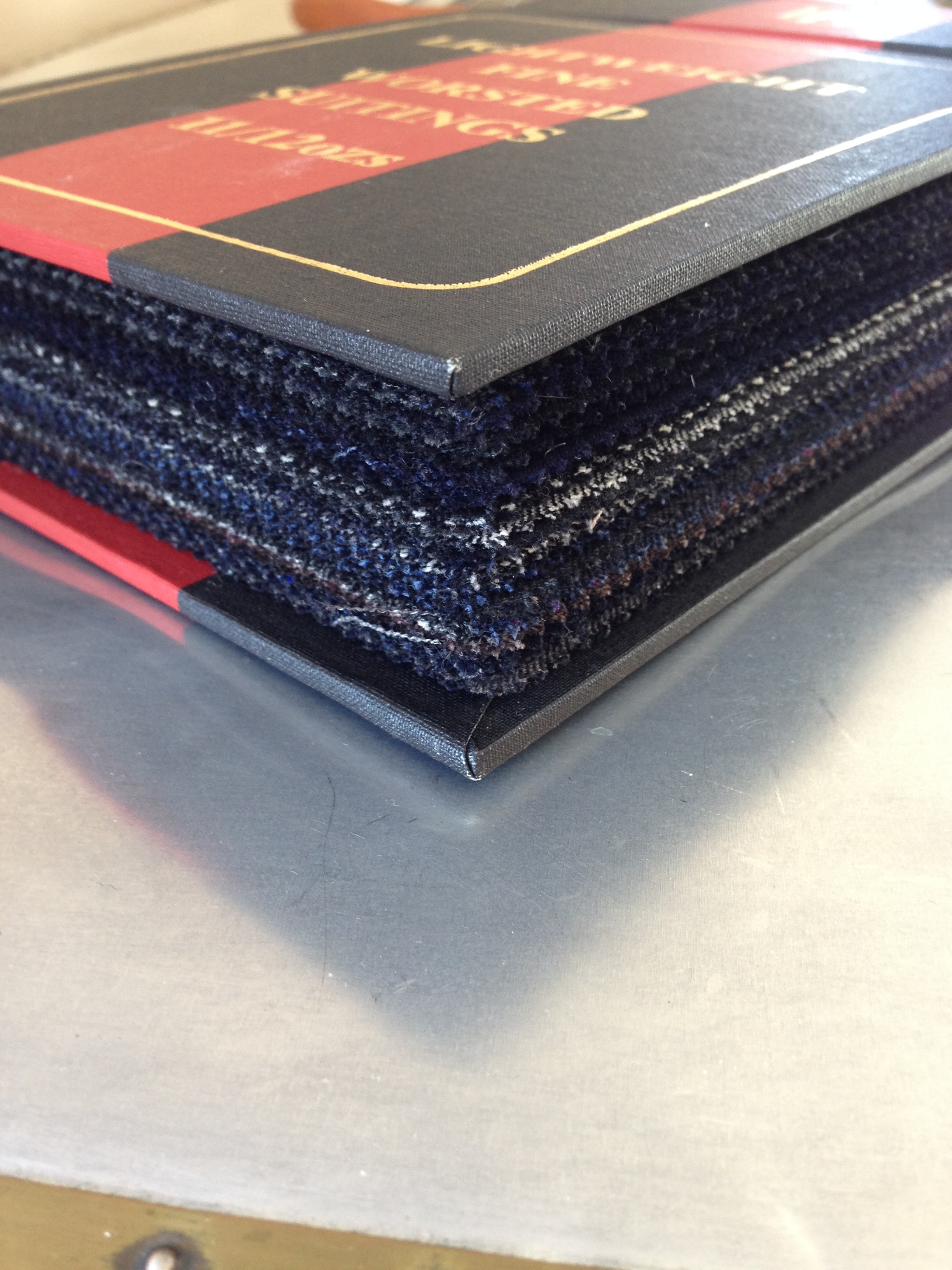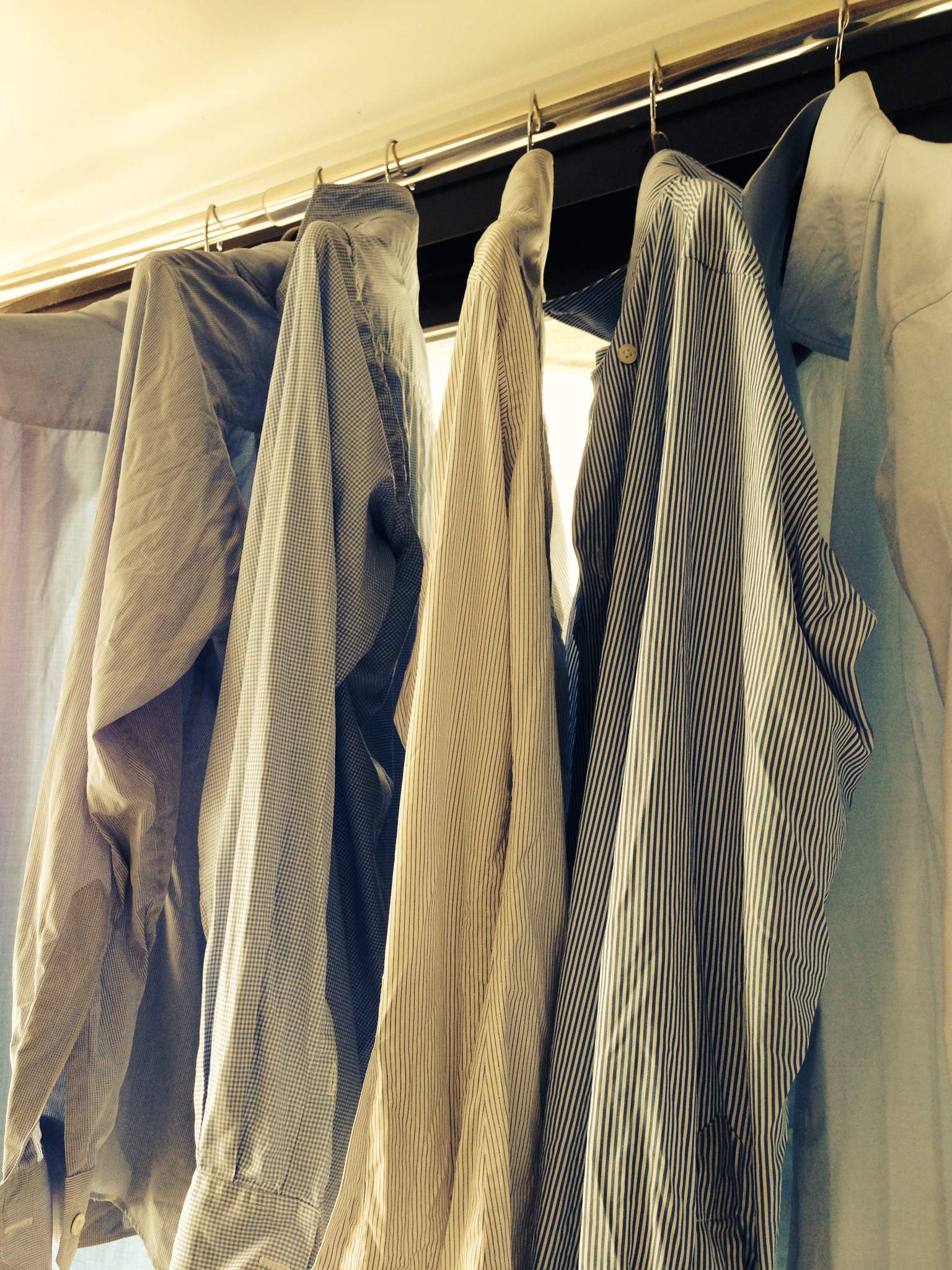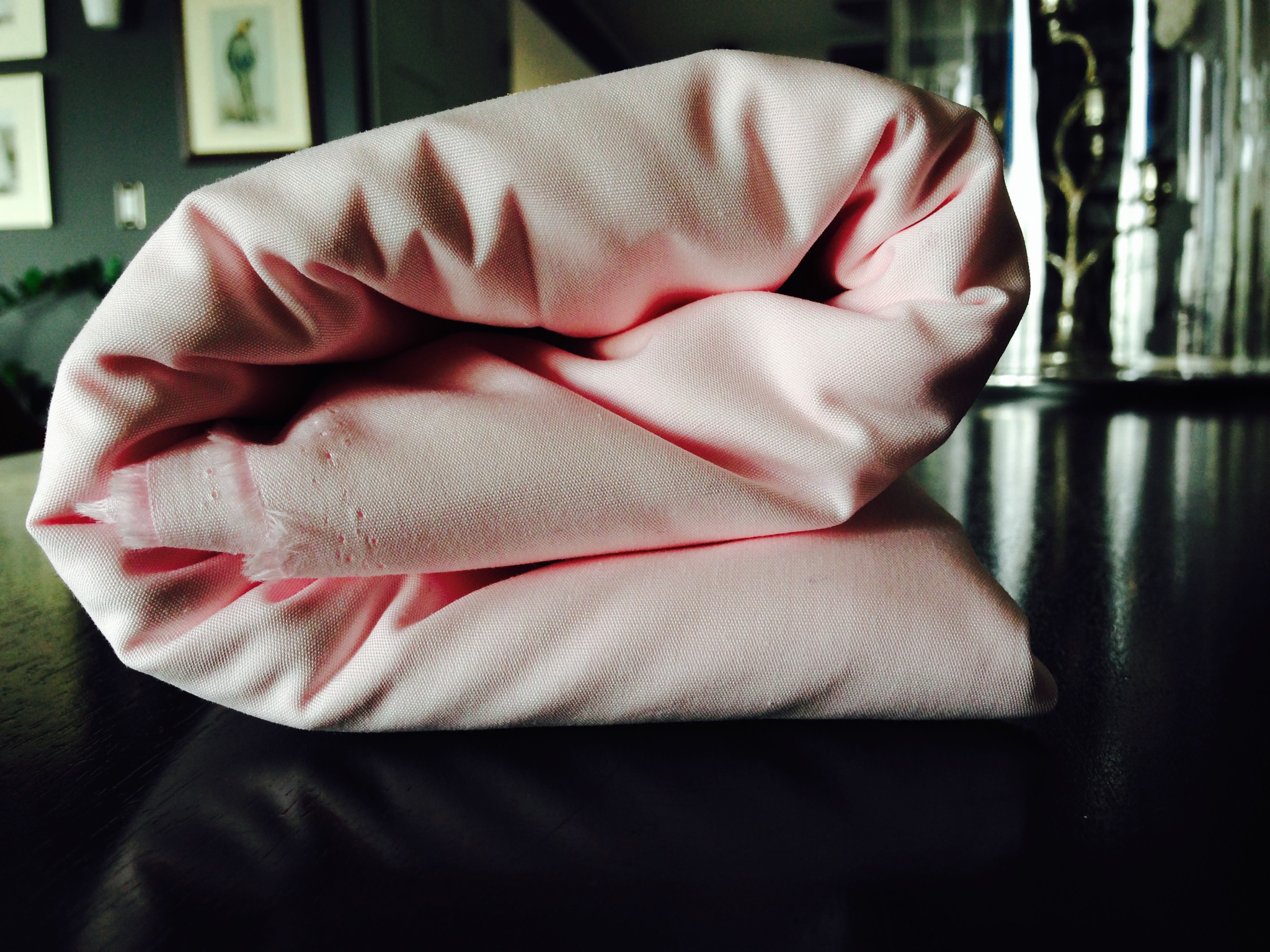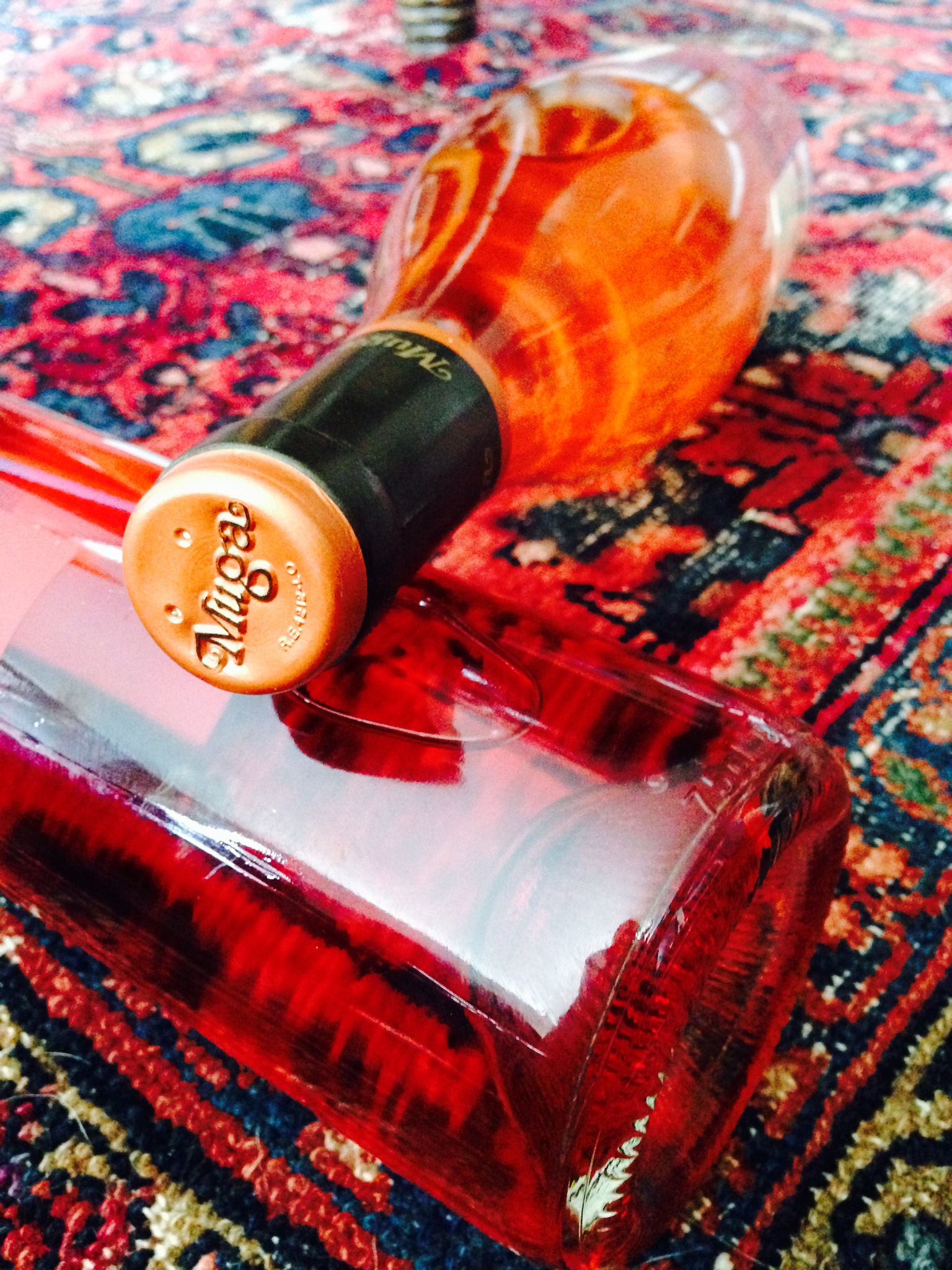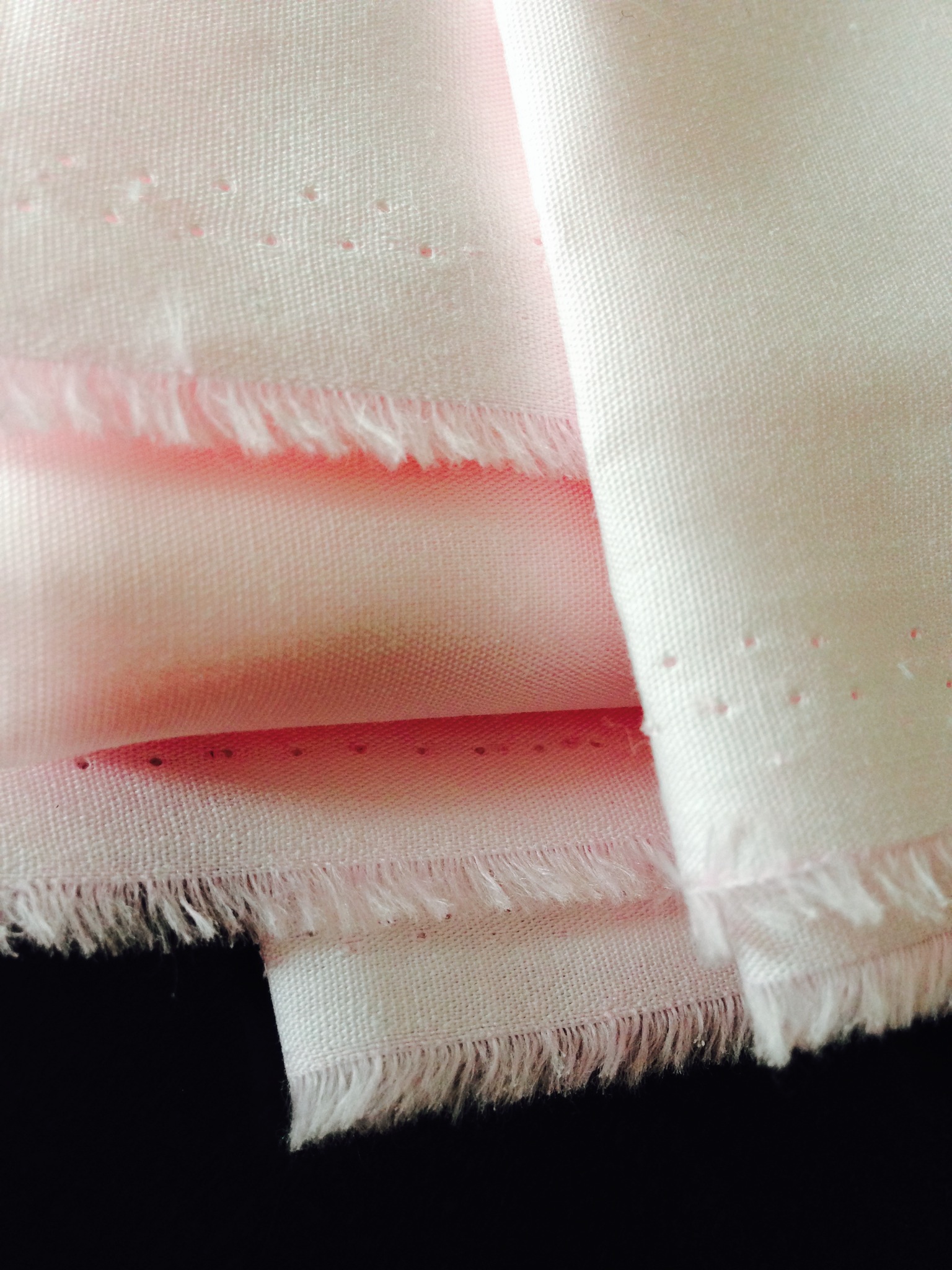Two-by-Two
The "G" in gabardine stands for goes with everything.
Something rather interesting occurred to me while discussing odd trousers the other day. Many men approach wardrobe building with the same goals of efficiency and convenience in mind, but do so in dramatically different ways.
The first should be termed the indubitable method. A practitioner might see a swatch of jacketing or a ready-to-wear jacket he likes, but not be totally convinced until several trouser options are shown alongside. He then selects the one shade deemed most complementary and buys or has it made. I understand some men hang the finished trousers with the odd jacket, or even go so far as to have sewn into the waistband a reminder of which jacket they complement lest they be separated.
The results are never wrong—a practitioner won’t whiff on an odd-ensemble. But is he ever really dressed in casual odd elements? Doesn’t he just posses two-piece suits made of different cloths? In other words, if the trousers were bought or made exclusively to accompany a single jacket, are they any longer odd? Personally, I’m afraid to play so fast and loose with the existential underpinnings of menswear. I’ll leave that sort of reengineering to women who have successfully created the high-heel athletic shoe.
The other method—the one I prefer—is decidedly less rigid, though perhaps more demanding of its practitioners. To me, cloth is far more important than precise color coordination, especially when one has grown comfortable with the notion that most odd trousers should be some shade of gray or tan anyway. This frees things considerably; choosing trousers for summer or winter is as easy as finding a weave and weight that pleases and picking two.
If your odd jacket doesn't look right with one of these flannels, congratulations, you've discovered the only one that doesn't.
I say this second method is more demanding, but really what’s required is a bit of discipline in selecting those two colors. Specifically, this means acquiring pairs of lighter and darker shades within the same cloth bunch so at least one of the pairs will contrast well with the intended jacket. That the lighter and darker options may be made of flannel, gaberdine, whipcord, high-twist, tropical worsted or linen ensures a season-less sort of harmony, while simultaneously alleviating any concern that the final choice is part of a carefully coordinated outfit.
This ineffable casualness of trousers which were acquired with versatility in mind can’t, in my opinion, be replicated by wedding single pairs with certain jackets. But there is another advantage to pairs of light and dark odd trousers in the same cloth: the number needed is far fewer when each pair can work with several jackets instead of only one. As an admitted advocate of the limited wardrobe and critic of the palatial closet, this appeals.








